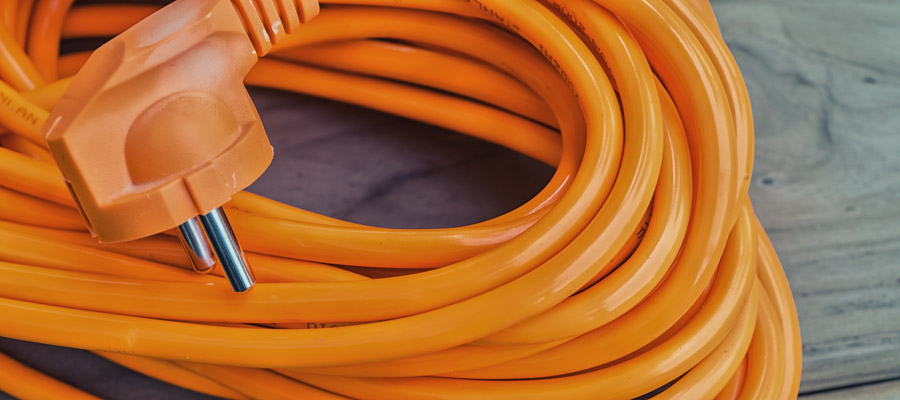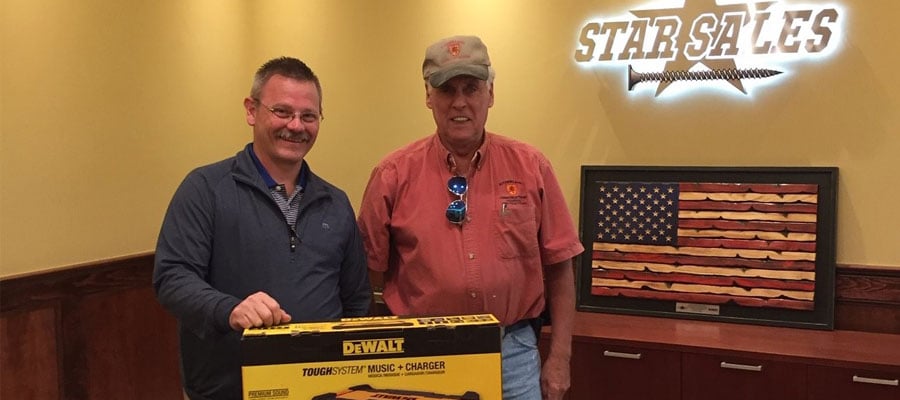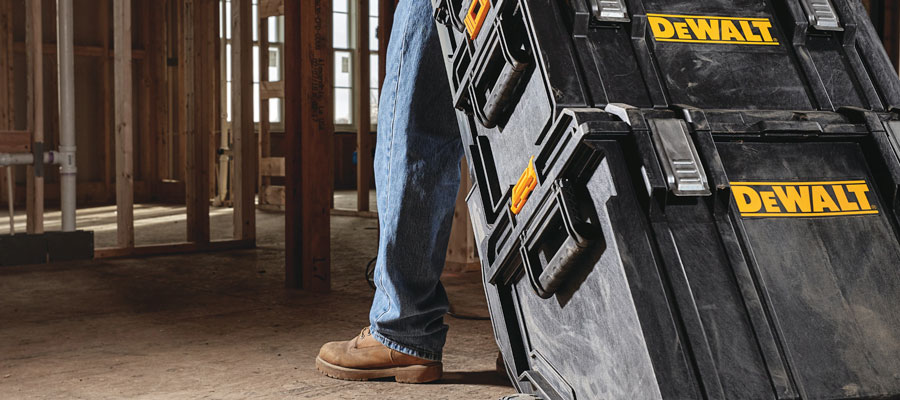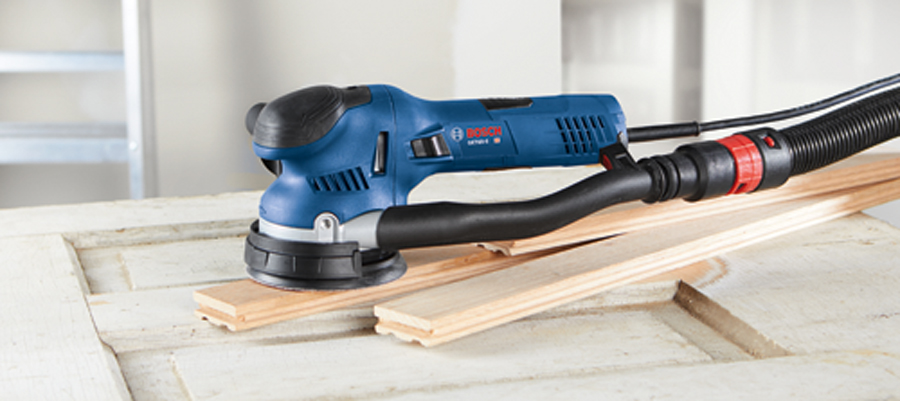When you're working on a job site with limited power, extension cords are just a fact of life. But there are a number of ways you can use these tools effectively to keep your project rolling ahead while avoiding the problems that they can cause. Here are some tips to help improve the safety of your crew's extension cord use on the construction site.
1. Cords are always easy prey for OSHA inspectors.
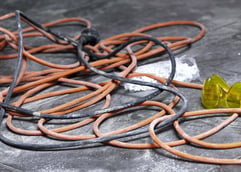
If the cords are cut, frayed, missing ground pins or have improperly installed replacement ends, they can leave you liable to a citation and fines. Make sure that your extension cords are always in good condition and inspect them regularly to ensure that they remain that way.
2. Use the right size extension cord for the load.
When you're using a tool that requires a heavier load, it's important to meet the power demand and change up to a higher gauge extension cord to prevent overheating, with its risk of electrical shorts and fires. If you're taking a tool to a more remote location, you'll also want to upgrade your extension cord, as the cord's ability to carry higher amperages decreases over distance.
"Extension cords used in construction may be repaired, so long as the repair returns the cord to the "approved" state required by §1926.403(a)." - Occupational Safety and Health Administration
3. Make sure your repairs are Approved by OSHA.
Though you have the option of repairing aging or broken extension cords, it's important to make sure that the repairs you're making are already allowed by OSHA to avoid fines. However, even if you do repair an extension cord to OSHA standards, that doesn't exclude you from potential liability issues if damage occurs when someone uses a repaired extension cord.
4. Don't link multiple extension cords together.
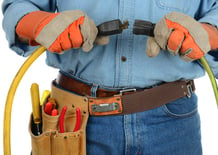
Get a cord of the proper length to begin with! Daisy chaining your extension cords can lead to trouble down the road, as they leave an opening for moisture to cause a shock hazard or for the extension cord to become accidentally unplugged along the way, leading to work stoppage as you try to fix the problem.
5. Did you know that there is GFCI protection available?
There is GFCI protection available through specific extension cords that are designed for that purpose. If you work in damp environments or require water to get the job done, such as when painting or working concrete, this type of cord can help you prevent an unintended electrical shock that can harm workers. However, it's important that this type of extension cord be plugged into a properly grounded outlet to work properly.
6. Cord Doesn't Reach? Try a Portable Power station.
Too far for a cord to safely reach? In some situations, the DeWalt DCB1800B Portable Power Station can eliminate the need for extension cords. The tool uses 20V to 60V batteries to generate up to 1800 continuous watts or 15 amps of power, peaking at 3600 watts of power for surges or startups. When you're not drawing power from it, you can also plug it in to charge up to four batteries at one time, making it a handy tool for the job site.
By keeping these tips in mind, you can ensure that your crew will be able to safely use extension cords in the right situations, helping prevent OSHA violations and keeping your project running smoothly. But what if you don't have the right tools to get the job done safely? At Star Sales, we can help you find the right tools for all of your needs. Please feel free to contact us today to get started.

